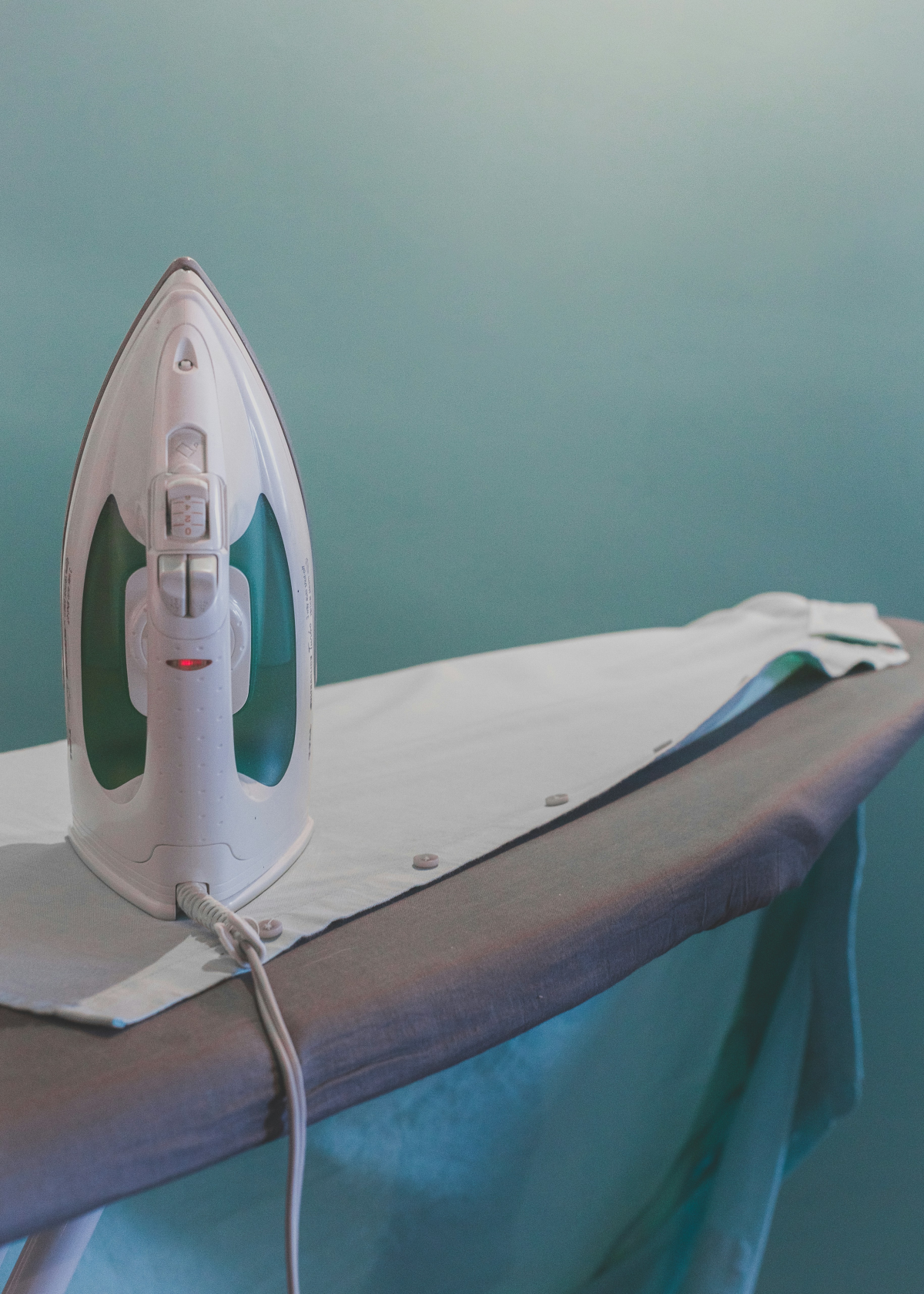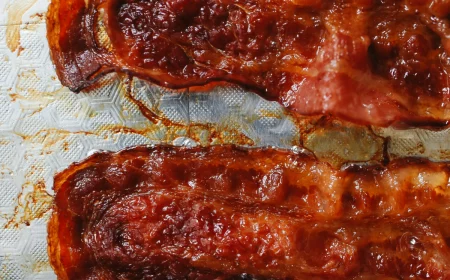Stop Ruining Your Dress Shirts: The Real Way to Wash Them So They Last
I’ll never forget the advice I got a long time ago from a seasoned pro in a small menswear shop. I was buying my first really good dress shirt, and he spent a solid ten minutes walking me through how to care for it. He wasn’t trying to sell me anything extra; he was just passing on essential knowledge. “This shirt is an investment in how you present yourself,” he said. “Treat it that way, and it’ll serve you for a decade.” That idea has always stuck with me. A great dress shirt is a tool, and keeping it in top shape isn’t a chore—it’s a skill.
In this article
So many of us just toss our shirts in the laundry and hope for the best. But honestly, that’s a recipe for disaster. It leads to shrunken collars, frayed cuffs, and a shirt that looks old before its time. This guide isn’t about trendy laundry hacks. It’s about the professional, time-tested methods that actually work to preserve the fit, fabric, and finish of a quality shirt. We’re going to cover everything, from the fabric itself to the final press. My goal is to help you protect your investment and make sure you always look sharp.

First, Know Your Fabric
Before you even think about washing, you’ve got to understand what you’re working with. Sure, the care label is a start, but knowing the fabric’s weave tells you so much more about how it will behave. Most dress shirts are cotton, but the way it’s woven changes everything.
Poplin is your classic lightweight, smooth, and crisp shirt fabric. It feels great in warmer weather because it’s so thin, but that also makes it a bit more delicate. It needs a gentle touch.
Twill is easy to spot by the fine diagonal lines in its weave. It’s a little thicker and softer than poplin, drapes beautifully, and is naturally more wrinkle-resistant. This makes it a fantastic workhorse for everyday office wear.
Then you have Oxford cloth. This is a much heavier, more robust fabric with a distinct basketweave texture that gives it a slightly rougher feel. Traditional Oxford shirts are less formal but incredibly durable. They can handle a bit more in the wash, but you still have to be careful to prevent pilling over time.

And sitting somewhere between poplin and oxford is Pinpoint. It uses that same basketweave structure but with a finer thread, making it more formal than an Oxford but more durable than a poplin. It’s a super popular and versatile choice for a reason.
The Pre-Wash Ritual: This is Non-Negotiable
What you do before the shirt hits the water is half the battle. Seriously. Rushing this step is where most of the damage happens. This whole inspection process takes maybe two minutes a shirt, and it prevents a world of hurt.
Step 1: Unbutton Everything. I mean it. The front placket, the cuffs, the collar points—everything. Washing a shirt with the buttons done up puts a ton of stress on the threads and buttonholes. I’ve seen buttonholes stretched into useless oblivion from this one simple mistake.
Step 2: Remove Collar Stays. Those little plastic or metal tabs in your collar? Take them out. If you leave them in, they can get bent, poke through the fabric in the spin cycle, or get lost in your machine’s filter. Quick tip: keep a small dish right in your laundry room just for collar stays. You can buy a pack of 50 replacement stays online for less than $10 if you lose some.

Step 3: Treat the Grime Zones. Lay the shirt flat and look at the collar and cuffs. That dreaded “ring around the collar” is a nasty mix of body oils, sweat, and dirt. It won’t come out with a normal wash once it’s set in.
My go-to method is to make a little cleaning paste. I mix about two parts of a good liquid detergent (like Persil or Tide) with one part water until it’s like a gel. Use a soft brush (an old toothbrush is perfect) to gently work the paste into the stained areas. Don’t scrub like crazy; you’re just lifting the grime. Let it sit for at least 30 minutes before washing.
For other common stains:
- Grease or Oil: Before it gets wet, put a drop of clear dish soap (like original Dawn) on the spot. Gently rub it in with your finger. Dish soap is designed to demolish grease. Rinse just that spot before the main wash.
- Coffee or Ink: Act fast and blot, don’t rub. An oxygen-based stain remover is your best friend for set-in stains. Always test it on a hidden spot first, like the inside of the shirttail.

The Wash: Choosing Your Method
Once you’re pre-treated, it’s time to wash. Always separate your whites, lights, and darks. I also recommend washing shirts of similar weights together—don’t throw a heavy Oxford in with a delicate poplin, as the friction can cause extra wear on the lighter shirt.
The Best Way to Use Your Machine
Yes, you can absolutely use a washing machine! You just have to be smart about it.
First, get a mesh laundry bag. This is the unsung hero of shirt care. Placing one or two shirts inside a bag prevents sleeves from tangling and protects them from snagging. You can grab a set of them for about $10 on Amazon or at Target, and they’ll change your laundry game.
Next, don’t crowd the machine. A small-to-medium load is best. Always select the “Delicate” or “Hand Wash” cycle. For water temp, use lukewarm (around 86°F / 30°C) for whites and always use cold water for colors to prevent fading. Modern detergents are fantastic in cold water, so there’s really no need for hot water, which just encourages shrinkage.

Speaking of detergent, use a quality, pH-neutral liquid detergent, and use it sparingly. For 3-4 shirts, a tablespoon or two is plenty. More soap doesn’t mean more clean; it just leaves a residue that dulls the fabric.
When to Hand Wash
For truly delicate shirts (think silk or linen blends) or that one irreplaceable vintage piece, hand washing is the only way to go. Just fill a clean sink with lukewarm water, add a capful of a gentle detergent like Woolite, and let the shirt soak for 30 minutes. Gently swish and squeeze, but never wring or twist it. Rinse with cool, clean water a few times, then gently squeeze out the excess water by pressing the balled-up shirt against the side of the sink.
How Often Should I Do All This?
That’s a great question. You don’t necessarily need to do this full pre-treatment routine after every single wear, unless you’ve got visible stains. Think of the full paste-and-soak process as a “deep clean” to perform every 3-4 washes, or whenever you notice the collar and cuffs looking a bit dingy.

In a hurry? The two things that will make the BIGGEST difference are: 1) Unbuttoning everything before the wash, and 2) NEVER, ever using a machine dryer. Just doing those two things will dramatically extend the life of your shirts.
Drying: The Step Where Everyone Goes Wrong
I’m going to be blunt: the automatic tumble dryer is the number one enemy of a good dress shirt. The high heat shrinks the cotton, sets wrinkles in permanently, and can even crack nice buttons. A client of mine once tossed a brand-new custom shirt in the dryer on high. It shrank a full collar size. A very expensive lesson.
The only way to dry a dress shirt is to air dry it on a proper hanger. As soon as the wash is done, take the shirts out, give them a few sharp snaps to shake out creases, and hang them up. Use a wide, shaped plastic or wooden hanger that supports the shoulders—not a flimsy wire one that will create weird puckers. You can get a good 5-pack of wooden hangers for $15-$25 at places like HomeGoods or The Container Store. Button the top button and one in the middle to help it keep its shape, and smooth the placket and cuffs with your hands. Let it hang indoors, away from direct sunlight.

Ironing: The Final Polish
Here’s the secret to easy, professional-level ironing: iron the shirt while it’s still slightly damp. The moisture and steam work together to release wrinkles like magic. Keep a spray bottle with distilled water handy to re-dampen any spots that dry out. (Using distilled water prevents mineral buildup from clogging your iron’s steam vents.)
Work in a logical order: small parts first, big parts last.
- Collar: Iron the underside first, from the points toward the center. Then flip and do the front.
- Cuffs: Unbuttoned and flat, iron the inside, then the outside.
- Yoke (shoulders): Drape one shoulder over the narrow end of the board and press it. Repeat.
- Sleeves: Lay one sleeve flat and press, being careful around the placket.
- Front Panels: Do the button side first, carefully maneuvering the iron’s tip around the buttons. Then do the buttonhole side.
- Back: The easiest part. Just lay it flat and go.
By the way, what about starch? Honestly, I’m not a huge fan. Over time, it can build up on the fabric and make the fibers brittle. A good ironing technique on a damp shirt will give you a crisp finish without it. If you absolutely love that stiff, starchy feel, use a non-aerosol spray very sparingly.

After ironing, hang the shirt up and let it cool completely for at least an hour before you put it in the closet. Wearing a warm shirt will cause it to wrinkle instantly.
A Few Advanced Tips
Over time, white shirts can get a bit yellowed, especially at the collar and underarms. This is often from sweat buildup or, surprisingly, from chlorine bleach reacting with that residue. The fix is an oxygen bleach soak. Dissolve a scoop of a product like OxiClean (a big tub is about $12 at Walmart and will last you forever) in a basin of warm water. Let the shirts soak overnight, then wash as usual. It works wonders.
And know when to call in a pro. For a really nasty stain, take it to a good dry cleaner. Heads up! Here’s how to spot a good one: ask them if they hand-press shirts with mother-of-pearl buttons. If they give you a blank stare, it’s probably best to walk away. A true professional will know exactly what you’re talking about.

It might seem like a lot at first, but this whole process—from a quick two-minute pre-treat to hanging it to dry—quickly becomes a satisfying 15-minute routine. It’s a craft that respects your clothes and, frankly, makes you look and feel a whole lot better. It’s a small detail that makes a huge impact.
Galerie d’inspiration


Why do my pristine white shirts eventually develop a yellow tinge, especially at the collar and underarms?
It’s not just sweat; it’s a chemical reaction. The aluminum compounds found in most antiperspirants react with the proteins in your sweat and then get set into the fabric by your laundry detergent and the heat from the dryer. To combat this, pre-treat the areas with a paste of OxiClean White Revive and water, letting it sit for at least an hour before washing in cold water. For a gentler approach, a soak in a diluted white vinegar solution can also help break down the residue before the main wash.

Most fabric softeners work by coating fibers with a thin layer of lubricating chemicals, which is the exact opposite of what a dress shirt needs.
That silky feeling comes at a cost. On a dress shirt’s fine cotton weave, this coating can reduce breathability, trap odors, and make it more difficult to achieve a crisp, professional press after ironing. Skip the softener and opt for a half-cup of white vinegar in the rinse cycle instead; it softens naturally without the residue.

The Pre-Wash Check: Before a shirt ever touches water, perform this quick two-step check:
- Unbutton Everything: This includes the main placket, the cuffs, and any collar buttons. Washing a fully buttoned shirt puts immense stress on the threads and buttonholes, leading to fraying and lost buttons.
- Remove Collar Stays: Forgetting to remove plastic or metal collar stays can lead to them warping, snapping, or even poking through the fabric and damaging your washing machine’s drum.
Daily Detergent: Fine for t-shirts and towels, but standard detergents often contain harsh enzymes and optical brighteners that can fade the rich colors of a twill or poplin shirt over time.
Specialized Detergent: A formula designed for delicates, like those from The Laundress or Woolite Delicates, uses gentler surfactants that clean effectively without stripping color or being abrasive to fine cotton fibers. For your best shirts, making the switch is a non-negotiable part of preserving your investment.










